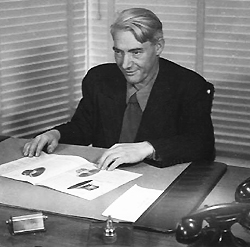
A significant leap forward came in 1975 when Clair Brothers produced the S4 single-box system, a loudspeaker housing 10 JBL transducer components: two 18-inch and four 10-inch woofers in vertical line configurations along with two horns and drivers and two compression tweeters.
This “all-in-one” four-way touring box was the first of its kind, and allowed production teams to unload and fly PA elements in a way that was superior to the earlier individual system-element component approach.
The modular nature of the system also allowed building arrays in different shapes and configurations to better suit individual venues.
The S4 system remained an industry standard for years, deployed at notable events such as the Southern California US Festival in 1982. A total of 180 S4s were stacked in 10 columns of nine on each side of the stage, with an additional row of long-throw horns on top (Figures 4 and 5).
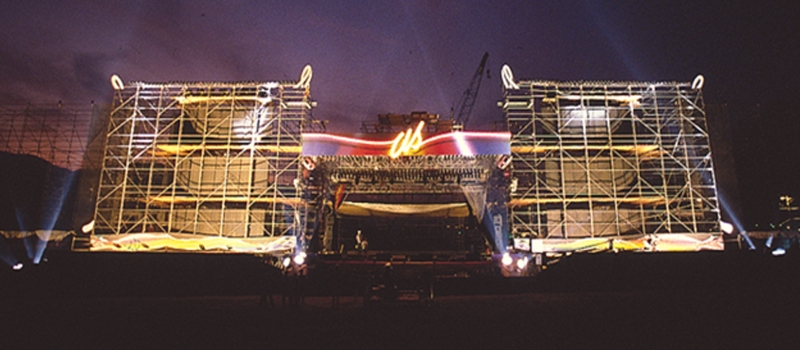
Dynamic Changes
The mid-to-late 1970s brought about a shift of focus. Instead of predominately producing separate components, enclosures and crossover networks, the company established itself as a manufacturer of complete loudspeaker systems. This shift was marked by the 4300 Series of three-way and four-way studio monitors.
Driven by the high-octane rock of the 70s, the 4350 monitor became popular with artists and engineers looking to monitor playback at very high levels. The 4350 was the highest output monitor JBL produced, stated as being capable of a sustained output of more than 125 dB.
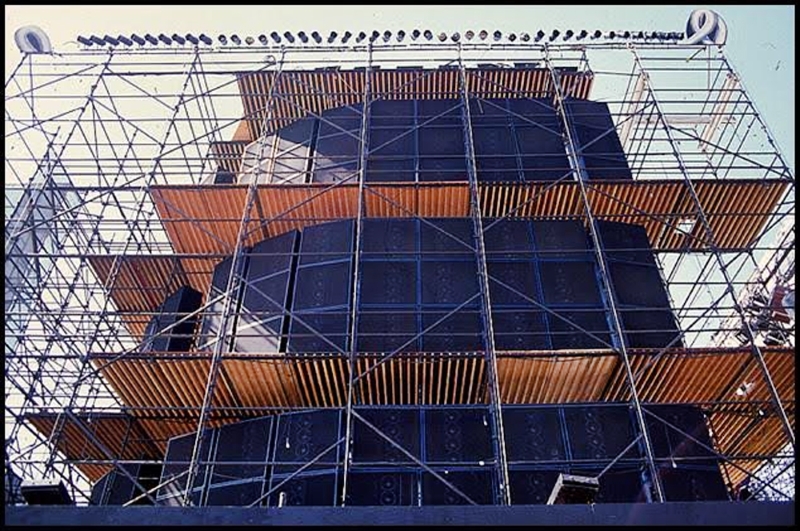
The Who installed four units in their control room for quadrophonic playback in order to simulate the intensity of their live shows.
Though designed as a studio monitor, the 4350 also gained the attention of touring acts such as the Allman Brothers, who would stack multiple monitors on each side of the stage for smaller venues. It was loaded with dual 15-inch woofers, a 12-inch cone for midrange, a 4-inch voice coil compression driver and horn/lens, and an ultra-high frequency tweeter.
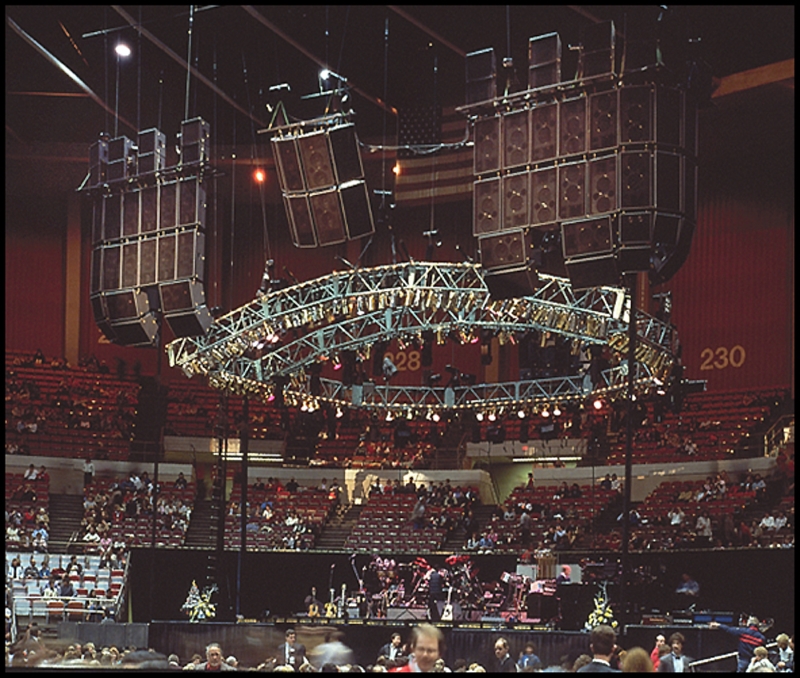
After a number of deployments, the 4350 and other large monitors became JBL’s first fully accepted professional sound system designs, rather than the previous component part systems.
The Concert Series came along in 1985, the company’s first all-in-one tour system (Figure 6).
It consisted of full-range trapezoidal enclosures and associated subwoofers, with notable component technology including flat-front Bi-Radial horns, extended range compression drivers, and SFG (Symmetrical Field Geometry) cone transducers.
Moving Forward
As the touring market saw the advantages of line arrays, JBL stepped up with the VerTec Series (Figure 7).
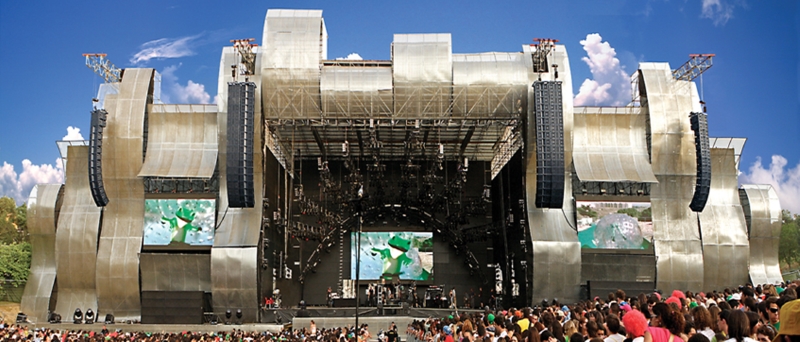
Implementing patented Differential Drive transducers, beryllium-diaphragm compression drivers, the patented RBI-Radiation Boundary Integrator for mids and highs, and a new structural design, it was noted for fidelity and a more lightweight way to suspend long arrays. VerTec was also the first system to integrate with sister company Crown Audio’s I-Tech HD amplifiers.
In addition, VerTec provided a way to observe estimated directional response and build systems according to needs with a new design program. The series was deployed at a variety of events, including the 2000 Democratic convention, 2002 Super Bowl, 2002 Grammys, and a host of international tours.
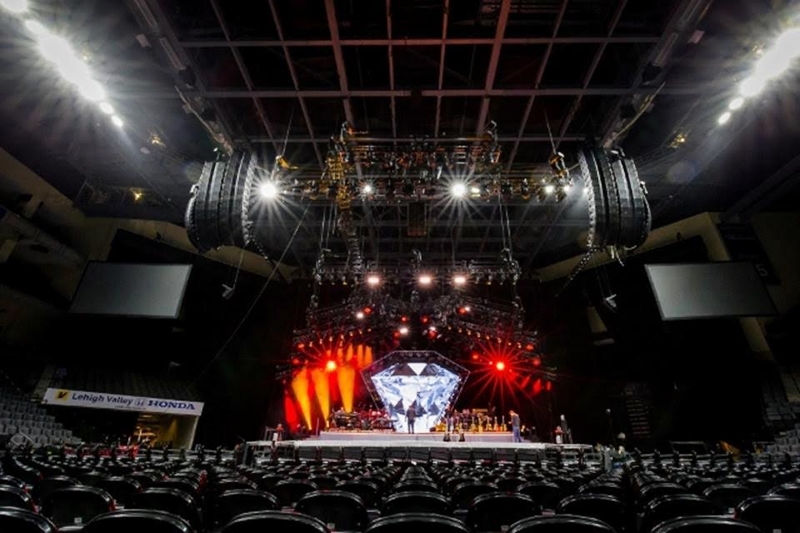
The latest JBL tour sound milestone is the VTX Series of line arrays (Figure 8). Supported by multiple patents in driver, waveguide and suspension technology, the series is headed by VTX V25 dual 15-inch and V20 dual 10-inch three-way array elements. As with VerTec, VTX integrates with other Harman brand products such as Crown amplifiers as well as dbx and BSS signal processing, optimized to enhance sonic performance as well as system management.
Moving forward, it will be quite interesting to see what’s next from the then-fledgling operation established by James Lansing that has gone on to have significant and lasting impact in the world of pro audio.
Editor’s Note: For more, check out “James B. Lansing & The Creation Of JBL” by John Eargle as well as various RE/P articles providing greater detail on the systems noted here.
